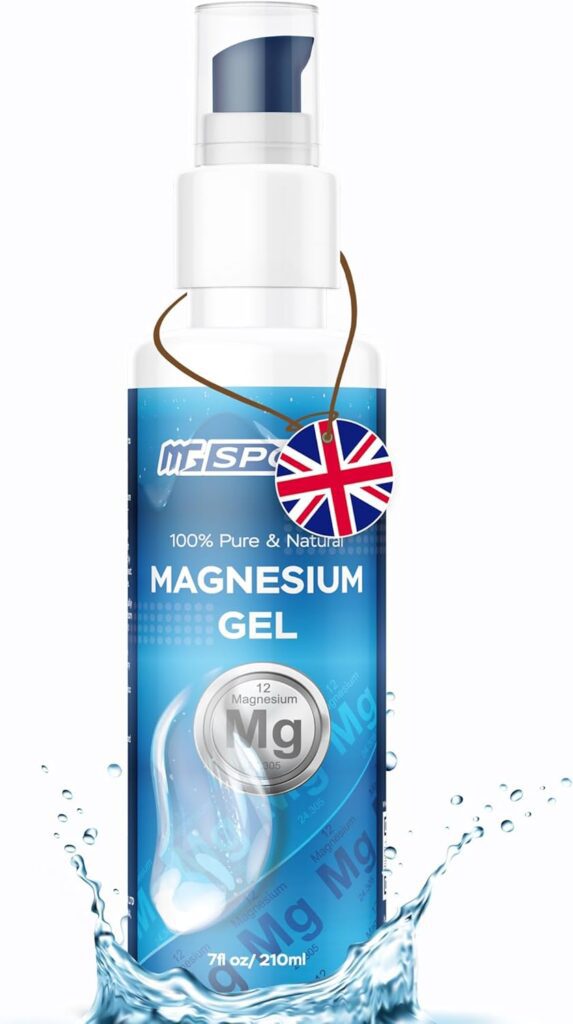Muscle recovery is an essential part of any workout or physical activity regimen.
After intense physical exertion, your muscles need time and care to repair and rebuild.
Proper recovery can help reduce soreness, prevent injury, and enhance overall performance.
Whether you’re an athlete or someone who enjoys regular exercise, there are several ways to support your muscles in the recovery process.
In this blog, we’ll explore five effective ways to promote muscle recovery, starting with what causes muscle soreness.
Let’s dive in!
What Causes Muscle Soreness?
Muscle soreness, especially after intense or unfamiliar activity, is commonly referred to as delayed onset muscle soreness (DOMS).
This condition typically occurs when muscles are stretched or contracted intensely, causing microscopic damage to muscle fibers.
The body then repairs these fibers, which results in inflammation and soreness.
While DOMS is common, it can be alleviated with the right recovery strategies to support the healing process.
5 Ways to Support Muscle Recovery
1. Use Magnesium Gel
Magnesium is a key mineral that plays an important role in muscle function, relaxation, and recovery.
Applying magnesium gel directly to sore muscles can provide fast relief by delivering magnesium chloride through the skin, where it helps reduce muscle tension, improve circulation, and promote faster recovery.
Magnesium is known for its ability to help muscles relax and prevent cramps, making it especially useful after a strenuous workout.
Out of all of the magnesium gels I’ve tried, MGSPORT’s Magnesium Gel is my personal favorite.
MGSPORT’s Magnesium Gel is a fantastic option for muscle recovery due to its high absorption formula, which quickly delivers magnesium directly to sore muscles.
The gel helps reduce muscle tension, ease cramps, and promote faster healing by improving circulation and reducing inflammation.
With its soothing, non-irritating application, it provides targeted relief, making it an essential part of your post-workout recovery routine.
Simply follow the directions and you’re good to go!
2. Stay Hydrated
Dehydration can contribute to muscle fatigue and cramping, slowing down the recovery process.
Drinking plenty of water before, during, and after exercise helps keep your muscles hydrated and supports the removal of toxins that build up in the body during physical activity.
Staying hydrated ensures that your body can properly repair muscle tissues and maintain muscle function.
You can also replenish lost electrolytes with sports drinks or natural alternatives like coconut water, which helps balance fluid levels and prevent cramps.
3. Eat Protein-Rich Foods
Protein is essential for muscle recovery because it provides the building blocks your muscles need to repair and grow.
After exercise, consuming protein-rich foods can help accelerate muscle repair and reduce the amount of time it takes for muscles to recover.
Aim for a source of high-quality protein, such as lean meats, eggs, or plant-based options like beans and tofu.
You can also opt for a protein shake or smoothie to provide a quick post-workout protein boost.
4. Get Enough Rest and Sleep
Rest and sleep are critical for muscle recovery.
When you sleep, your body produces growth hormone, which is essential for muscle repair and tissue regeneration.
A lack of adequate sleep can impair the body’s ability to recover and result in prolonged muscle soreness.
Make sure to prioritize rest and aim for 7-9 hours of sleep each night to give your muscles the time they need to heal properly.
Additionally, incorporating rest days into your workout routine is crucial to prevent overtraining and allow your muscles to fully recover between workouts.
5. Incorporate Stretching and Foam Rolling
Stretching and foam rolling can greatly improve muscle recovery by increasing blood flow and reducing muscle tightness.
Stretching helps maintain flexibility and prevents stiffness, while foam rolling targets muscle knots and fascia to release tension.
Regular stretching before and after exercise, as well as foam rolling the affected muscles, can promote quicker recovery by reducing soreness and increasing mobility.
Consider adding a stretching routine or foam rolling session after each workout to aid muscle recovery.
Supporting Muscle Recovery
Supporting muscle recovery is key to reducing soreness, preventing injury, and maximizing performance.
By using magnesium gel to relax your muscles, staying hydrated, consuming protein-rich foods, getting enough rest, and incorporating stretching or foam rolling into your routine, you can enhance your muscle recovery process.
These simple strategies will help keep your muscles in top shape, allowing you to recover more efficiently and get back to your workouts feeling stronger than before.
Always listen to your body and adjust your recovery plan as needed to ensure you’re supporting your muscles properly.
Thank you for reading!
Affiliate Disclosure
Some of the links on this site are affiliate links. This means that if you click on the link and purchase the item, we may receive an affiliate commission at no extra cost to you. I only recommend products or services that I believe will add value to my readers, however some (not all) do pay us to be on this blog. Your support and theirs helps keep this blog running, and I genuinely appreciate it.
Medical Disclaimer
The information provided on this website is for educational purposes only and is not intended as medical advice. This blog or the writer is not a licensed healthcare professional, and the content should not be used as a substitute for professional medical diagnosis, treatment, or advice. Always consult with your physician or other qualified healthcare provider before starting any new treatment or making any changes to your healthcare routine.
